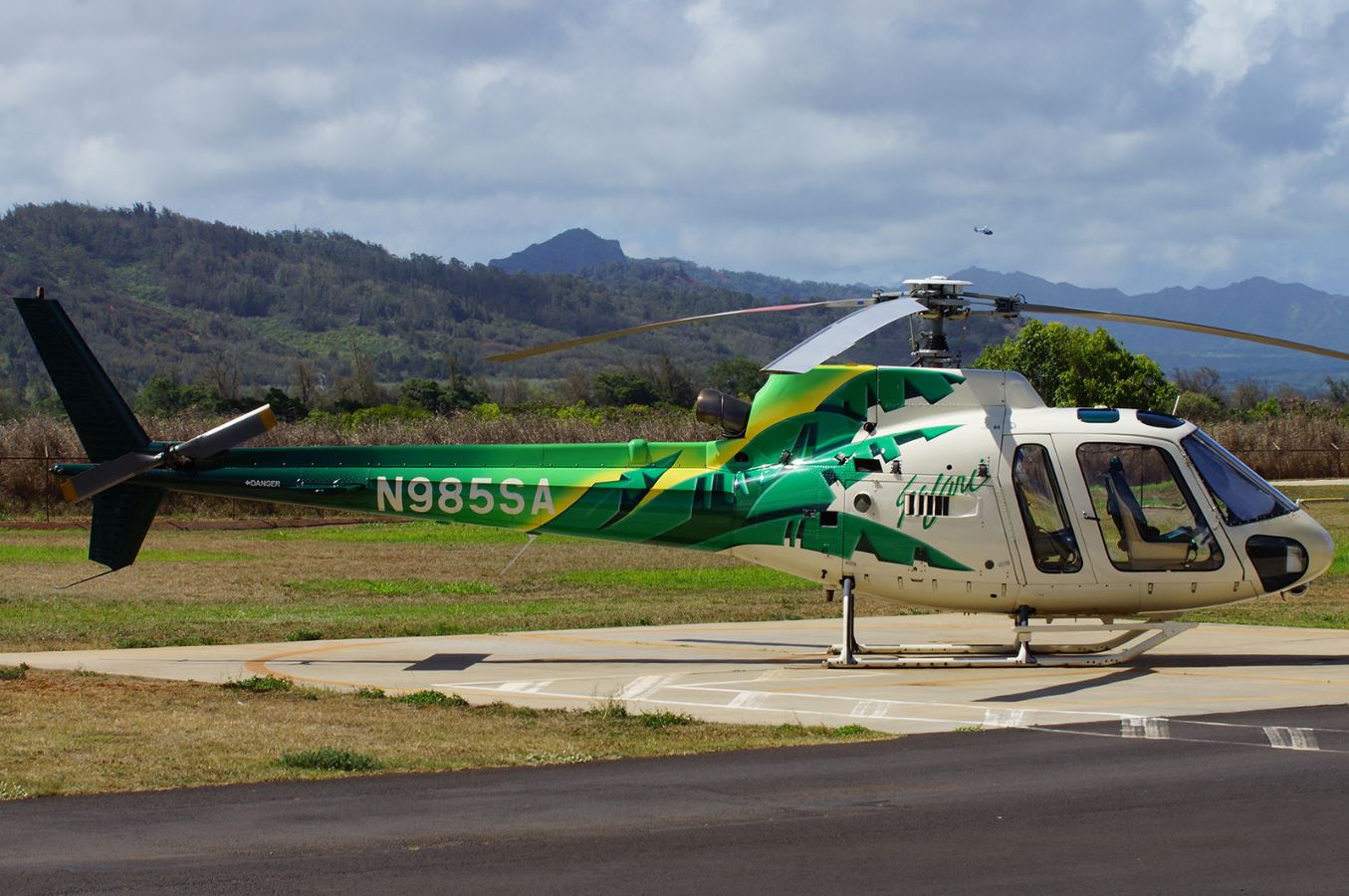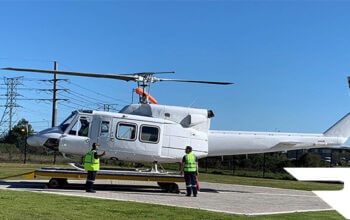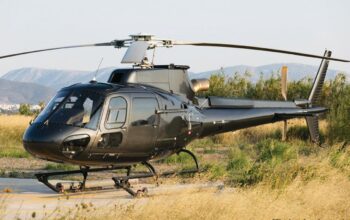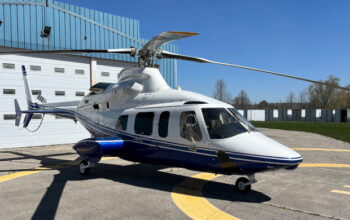In response to last week’s devastating wildfire in Maui, the U.S. Federal Aviation Administration (FAA) has extended the comment period for a draft advisory circular (AC) that applies to commercial air tour operators in Hawaii.

The public now has until Oct. 6 to comment on the draft AC, which is available on the FAA’s website. The document was published on Aug. 4, originally with a 30-day comment period.
The AC describes a process by which operators in Hawaii can apply for authorization to conduct air tours at altitudes less than 1,500 feet above the surface in order to remain in visual meteorological conditions (VMC) and avoid entering unforecasted instrument meteorological conditions (IMC). Air tour operators are prohibited by regulation from conducting tours at lower altitudes in Hawaii unless approved by the FAA.
The FAA expects the AC to take effect in spring 2024. It will replace the Hawaii Air Tour Common Procedures Manual (HATCPM), last updated in 2008, which spells out the policies and procedures that Hawaii air tour operators must currently comply with in order to fly at lower altitudes.
The HATCPM became a focus of the National Transportation Safety Board (NTSB) investigation into the crash of a Safari Aviation tour helicopter in December 2019. All seven people on board the Airbus AS350 B2 helicopter were killed when it encountered IMC and collided with terrain in a remote area of the island of Kauai.
In most cases, helicopters operating under day visual flight rules (VFR) in uncontrolled airspace can legally fly with as little as one-half mile visibility within 1,200 feet of the surface, or one mile visibility above 1,200 feet. The HATCPM upped this standard considerably, requiring a minimum visibility of three miles over land, and one mile over offshore transition routes, for air tours below 1,500 feet. It also prohibited air tours from taking off in special VFR conditions, meaning meteorological conditions that are less than those required for basic VFR flight in controlled airspace.
Despite these strict requirements, NTSB investigators found that the practice of flying with less than three miles visibility was common and accepted in Hawaii air tour operations. They identified this so-called “normalization of deviance” as a relevant factor in the Safari pilot’s decision to continue VFR flight into deteriorating weather.
In its report on the Safari crash, the NTSB noted that efforts to update the HATCPM had been ongoing since about 2015 but that “it had been difficult getting stakeholders to agree on how to move forward,” according to the FAA subject matter expert who was assigned to the effort. Interview transcripts in the docket for the investigation indicate that the local air tour community was divided over what weather minimums and equipment standards should apply to their operations.
The draft AC indicates that the FAA will now grant authorization to fly below 1,500 feet only for the purpose of avoiding unforecasted IMC. “The authorization is not intended to be used for flight planning, and does not authorize a [certificate holder] or operator to conduct a commercial air tour operation when the forecasted weather conditions would not permit the operation to remain in VMC at altitudes above 1,500 feet above the surface for the duration of the planned flight,” the document states.
Unlike the HATCPM, the AC does not specify common weather minimums for Hawaii air tour operators. Instead, it says that operators should present their own weather minimums to the FAA when applying for authorization, and that “these weather minimums must not be lower than those set under any regulatory requirement.” It does not mention special VFR.
The FAA declined to say whether Hawaii helicopter operators will now be permitted to conduct air tours with visibility as low as one-half mile. “The draft Advisory Circular is out for public comment and we will consider all comments we receive before issuing a final document. Anything we say at this time with respect to details could be seen as communicating outside the official process,” an FAA spokesperson told Vertical by email.
The AC retains the HATCPM’s requirement for cue-based, island-specific weather training “that enables the pilot to evaluate weather patterns based on visual cues, and to determine from those cues if it is appropriate to continue the flight as planned or if an alternate plan is necessary.” The AC says that such training may include PowerPoint presentations, video or pictorial examples, and actual flights, but does not outline any standards for the training.
The NTSB first recommended that the FAA develop a cue-based training program for commercial air tour pilots in Hawaii in 2007. During its investigation into the Safari crash, the NTSB found that the FAA “had imposed a cue-based training requirement on Hawaii air tour operators without the FAA having first developed any such training or information about what cue-based training should include or how it should be delivered.”
The board said in May of this year that it remains concerned that the FAA has not yet developed a cue-based training program, instead “[shifting] responsibility for developing this training to operators without providing expert guidance that is based on cue-based training research.” The NTSB continues to classify its recommendation as “open – unacceptable response.”
The AC does include some new provisions focused on recovering from inadvertent flight into IMC. It recommends that air tour operators install on their aircraft the minimum equipment mandated for instrument flight by 14 CFR 91.205(d), along with navigation equipment capable of conducting at least one type of instrument approach, although it does not require the types of stabilization and automatic flight control systems necessary for safe helicopter flight under instrument flight rules (IFR).
It also imposes additional pilot training requirements specific to the aircraft to be used in tour operations. These include IMC avoidance, escape and recovery procedures; transition to IFR/IMC, if inclement weather avoidance is unsuccessful; and aircraft-specific equipment and related IFR limitations.
In announcing the AC, the FAA said its “consistent new process” for authorizing low-altitude flight “will help prevent situations where pilots encounter poor visibility and become disoriented.”
“The FAA will thoroughly review each operator’s safety plan before issuing an authorization,” the agency said.








